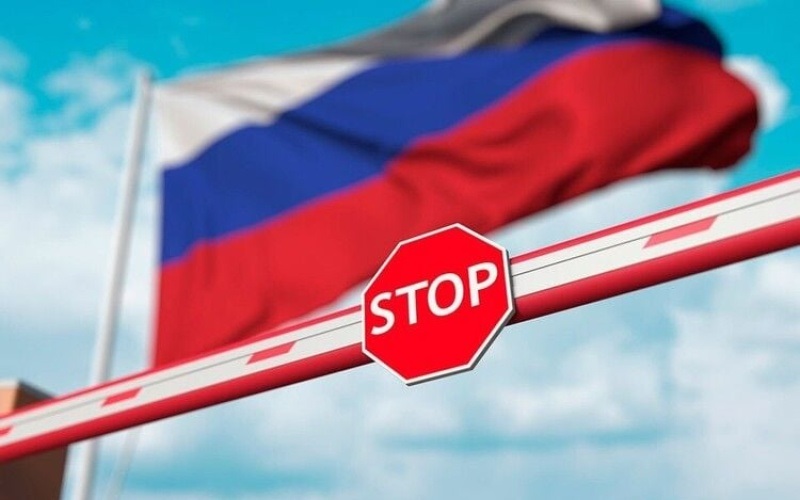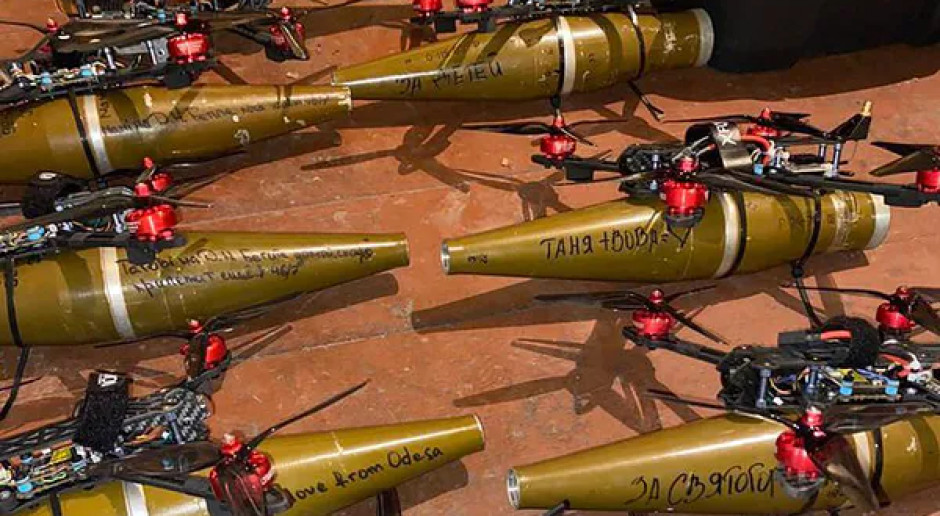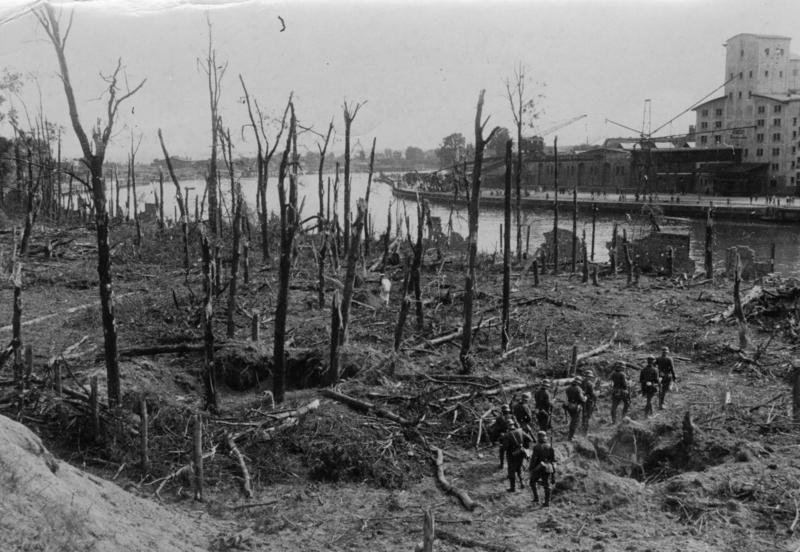-
Bohaterstwo, które podziwiał świat. „W..
POLSKA2 lata temu -
Neon24 – ruska V kolumna
POLSKA3 lata temu -
Nowe osoby w Zarządzie Amiblu
BIZNES3 lata temu -
Mechanizm warunkowości – krok ku Homo Eu..
POLSKA3 lata temu -
Wściekłe i wulgarne „Lemparcice” ..
POLSKA4 lata temu -
Rolnicze poparcie dla prezesa Elewarru – ..
NEWS4 lata temu
To powinien przeczytać każdy!

W czasopiśmie "Global Research.ca" ukazał się bardzo ważny, poglądowy artykuł poświęcony wydarzeniom jakie mają miejsce w Japonii po trzesięniu ziemi i tsunami. Nuclear Apocalypse in Japan Lifting the Veil of Nuclear Catastrophe and cover-up by Keith Harmon Snow http://www.globalresearch.ca/index.php?context=va&aid=23764 Artykuł ten potwierdza wszystkie moje spostrzeżenia opisane w notkach poświęconych Japonii, ale były w nim dwie informacje, które mnie naprawdę szczególnie zainteresowały. 1.From 1990 to 1993 I taught English at Japan’s big Soga Shosa (trading houses) like Mitsubishi and Sumitomo Corporations, and meanwhile I biked the rivers, swam the beaches, hiked the mountains and studied the culture of Japan. Japanese corporations were paving the shorelines and rivers with concrete, sinking giant tetrapods off shore. One corporation […]
W czasopiśmie "Global Research.ca" ukazał się bardzo ważny, poglądowy artykuł poświęcony wydarzeniom jakie mają miejsce w Japonii po trzesięniu ziemi i tsunami.
Nuclear Apocalypse in Japan
Lifting the Veil of Nuclear Catastrophe and cover-up
by Keith Harmon Snow
http://www.globalresearch.ca/index.php?context=va&aid=23764
Artykuł ten potwierdza wszystkie moje spostrzeżenia opisane w notkach poświęconych Japonii, ale były w nim dwie informacje, które mnie naprawdę szczególnie zainteresowały.
1.From 1990 to 1993 I taught English at Japan’s big Soga Shosa (trading houses) like Mitsubishi and Sumitomo Corporations, and meanwhile I biked the rivers, swam the beaches, hiked the mountains and studied the culture of Japan. Japanese corporations were paving the shorelines and rivers with concrete, sinking giant tetrapods off shore. One corporation even developed these giant rubber bladders — the size of football-fields — sunk offshore, which could be pumped full of seawater to provide a giant barrier against tsunami’s. Of course, the profit margins for these corporations supplying these bags were huge, but I wonder what happened to the technology, if these were ever deployed, and where.
Fantastyka! Dlaczego?
Kilka dni temu chciałem napisać notkę pt. "Wiem jak uratować Tokio od tsunami", ale inne, bardzo ekstremalne tematy odwlekały mnie od tego zamiaru. Dzisiaj, gdy przeczytałem o tych gumowych kulach przyszło mi do głowy, że mogę się podzielić swoim pomysłem.
Wszyscy chyba widzieli dmuchanego "człowieczka" używanego jako element ruchomej dekoracji na estradach i stadionach (np. podczas uroczystości otwarcia igrzysk i mistrzostw). Ten "człowieczek", to gumowy lub plastykowy rękaw przez który dmucha się powietrze. Im więcej powietrza tym on prościej "stoi" i podnosi wyżej ręce.
Mój pomysł na tsunami jest oparty na tej samej zasadzie. Do dna morskiego mocujemy długi rurociąg, od którego odchodzą perforowane rękawy. System napełniamy powietrzem, które wydostaje się z rękawów w postaci pęcherzyków gazu.
A pęcherzyki mają tą właściwość, że gaszą każdą falę, bez względu na wysokość.
Jestem przekonany, że mój system kosztowałby mniej niż te gumowe balony wielkości pola stadionu.
2.Japanese are technical geniuses. The rail system and subways were precise: you could set your watch by them. In 2003, their advanced magnetic levitationShinkansenbullet trains performed at 581 kilometers per hour (361 mph).If the Japanese can’t do, no one can.
Ciekawe to zdanie: Jeśli Japończycy nie mogą czegoś zrobić, to nie zrobi tego nikt.
Ciekawe zwłaszcza w kontekście rozmowy jaką miałem wczoraj z Seulem (Korea). Proszono mnie o przygotowanie się do spotkania i rozmowy na temat tego jak ja mogę pomóc Japonii.
Chyba zacytuję im to zdanie!
Fizyka dla tych, którzy chca zrozumiec! Polityka dla tych, którzy zrozumieli!

























